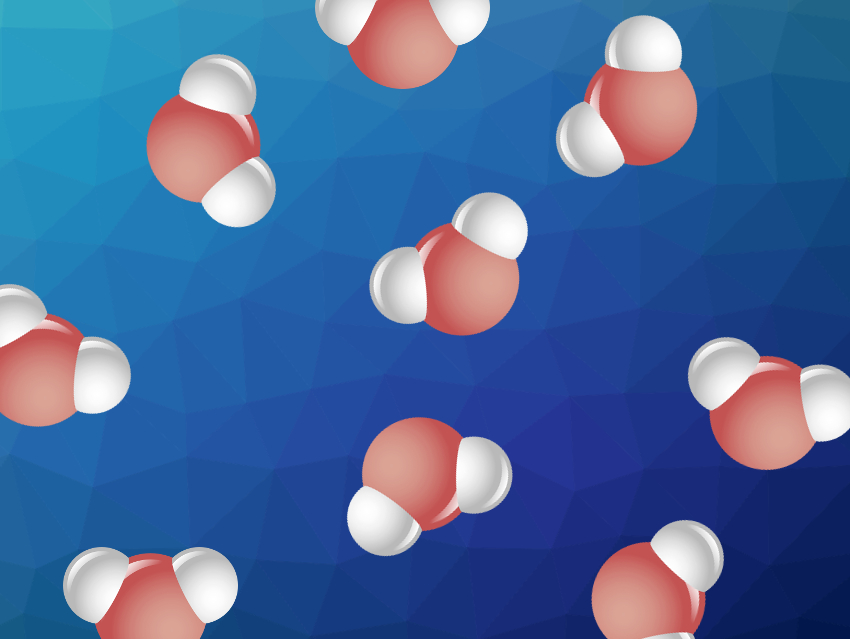The well-known critical point in the phase diagram of water is the liquid–vapor critical point. Beyond this point on the diagram, water becomes a supercritical fluid. However, the existence of a second, liquid-liquid critical point (LLCP) at supercooled temperatures has been postulated. Such an LLCP could explain some of the unusual behavior of water that is observed upon supercooling, i.e., changes in compressibility, heat capacity, and the thermal expansion coefficient. However, finding experimental evidence for this is challenging due to the tendency of supercooled water to crystallize.
Pablo G. Debenedetti, Princeton University, NJ, USA, and colleagues have performed molecular dynamics (MD) simulations using two different force-field models of water (called TIP4P/2005 and TIP4P/Ice) to find evidence for this second critical point. Near the liquid-liquid critical point, the system should easily switch between two different liquid phases, which causes fluctuations, e.g., in the density. The team performed isobaric MD simulations of 300 water molecules. They followed the changes in density over time during the simulations and found significant density fluctuations at 177 K and 1750 bar for TIP4P/2005 and at 190 K and 1725 bar for TIP4P/Ice. This is a clear sign of near-critical behavior.
Thus, the team found evidence of a metastable LLCP at supercooled conditions for both models. The researchers point out that the exact location of the critical point, i.e., the critical temperature and pressure, still need to be determined due to the limited accuracy and agreement of the used models.
- Second critical point in two realistic models of water,
Pablo G. Debenedetti, Francesco Sciortino, Gül H. Zerze,
Science 2020.
https://doi.org/10.1126/science.abb9796




